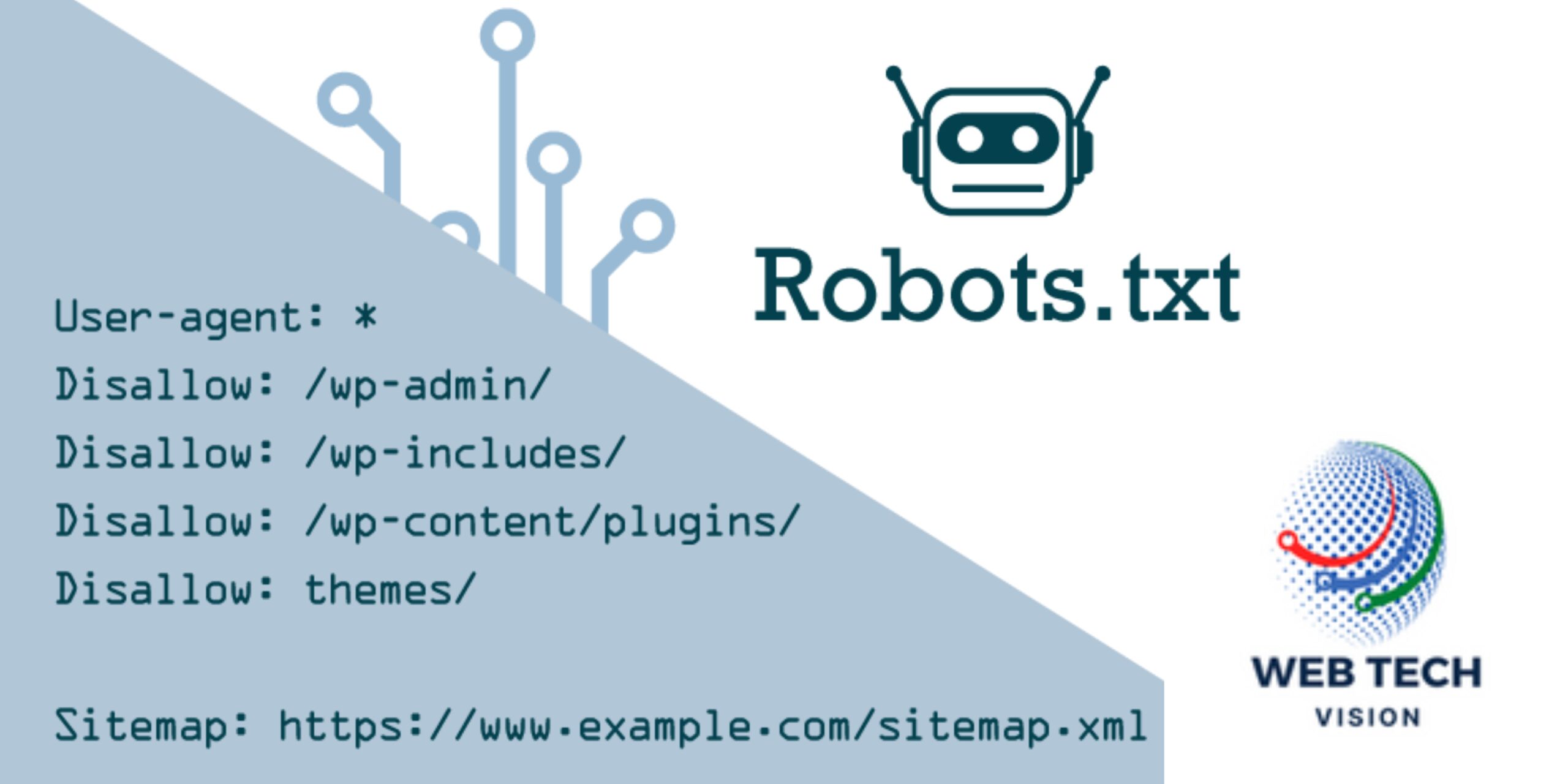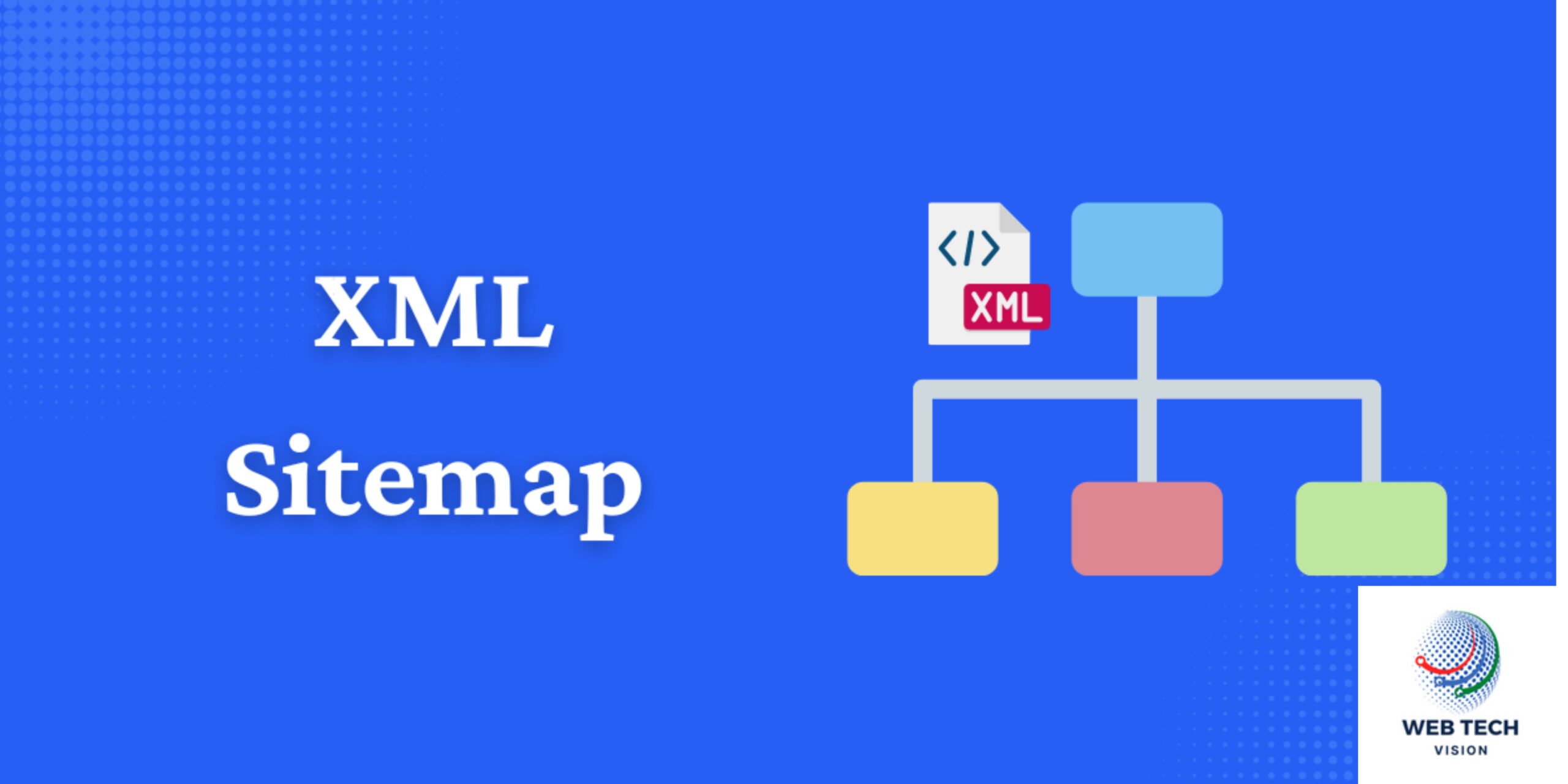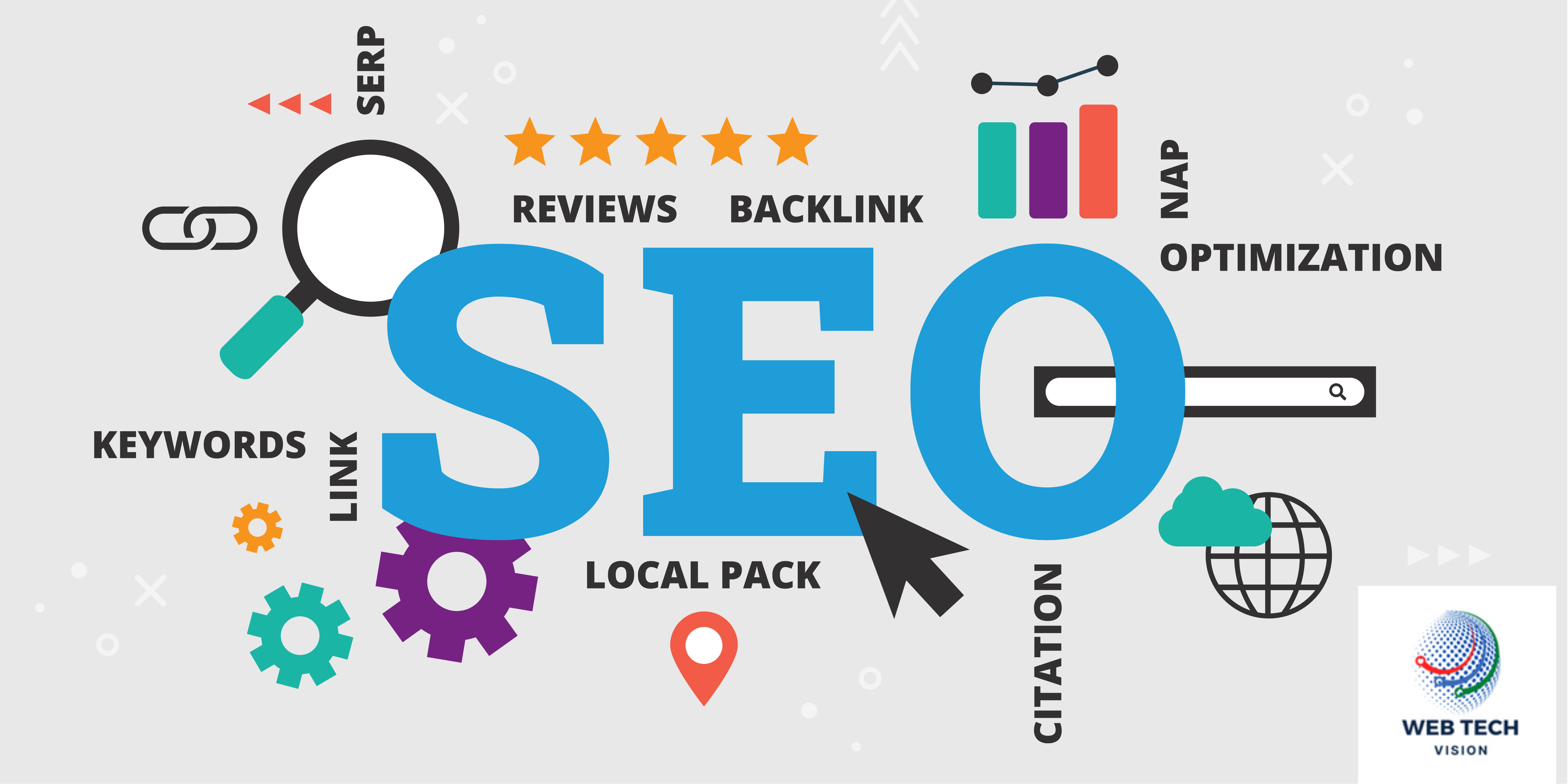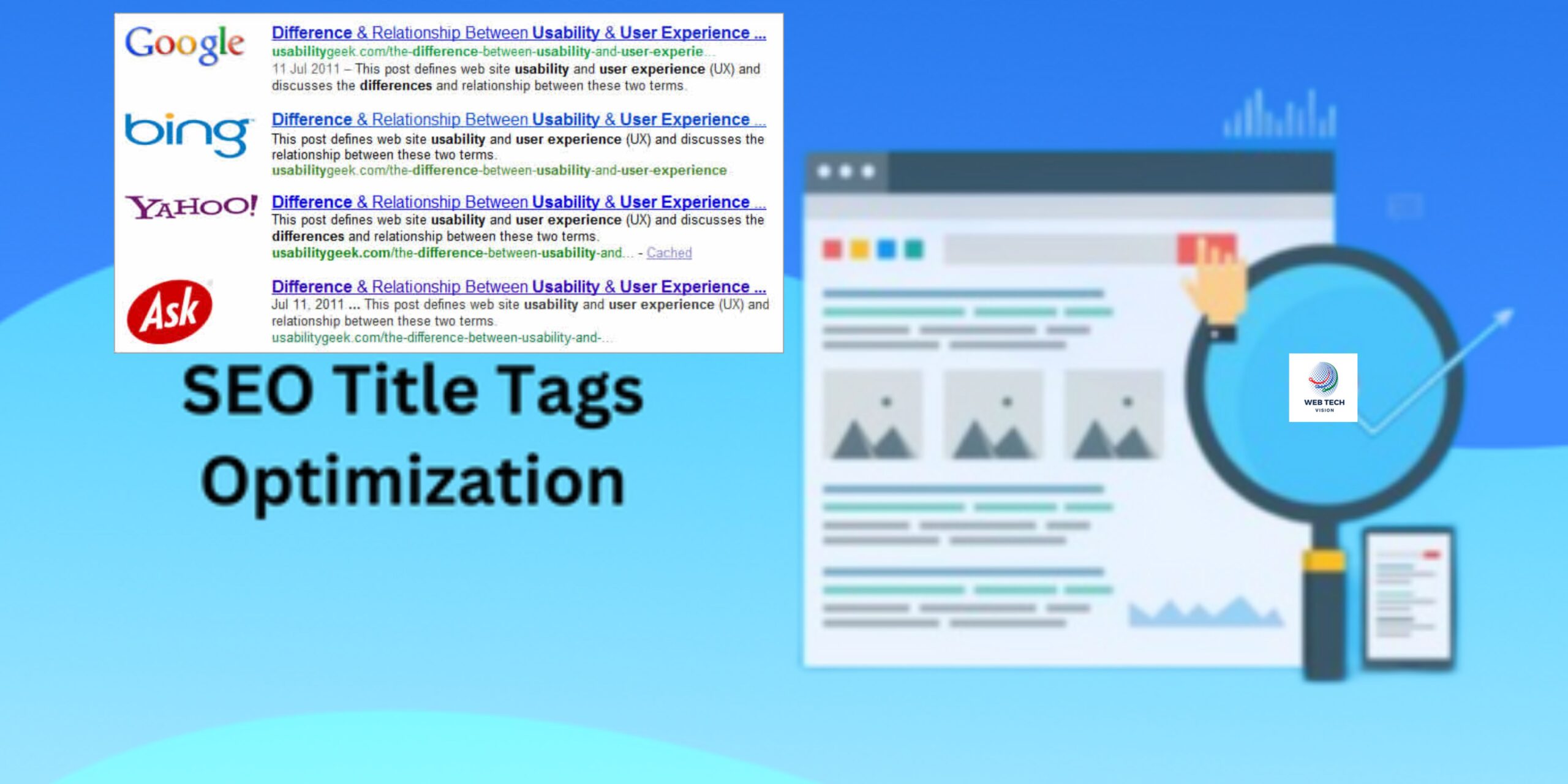
by admin | Nov 17, 2023 | Digital Marketing, Uncategorized
In the complex realm of SEO, where every directive influences search engine behavior, robots.txt emerges as a critical tool for website owners to guide web crawlers and control the indexing of their content. In this guide, we’ll unravel the mysteries of robots.txt, exploring what it is, how it works, and its impact on your website’s search engine performance.
Understanding Robots.txt: The Gatekeeper of Web Crawling
What is Robots.txt?
Robots.txt is a plain text file that website owners create to provide instructions to web crawlers, informing them which parts of the site should be crawled and which parts should be ignored. It serves as a virtual “No Entry” sign for search engine bots, helping to control the flow of information that is indexed.
How Does Robots.txt Work?
When a search engine bot arrives at a website, it first checks for the presence of a robots.txt file in the website’s root directory. If found, the bot reads the directives contained within the file to understand which areas of the site it is allowed to crawl and index.
Key Components of Robots.txt:
- User-agent: Specifies which web crawlers or user agents the directives apply to. For example, Googlebot, Bingbot, or specific bots from other search engines.makefileCopy code
User-agent: Googlebot
- Disallow: Instructs bots not to crawl specific areas of the site. Multiple directives can be used for different sections.javascriptCopy code
Disallow: /private/
- Allow: Permits bots to crawl specific areas even if a broader Disallow directive is present.javascriptCopy code
Allow: /public/
- Sitemap: Informs search engines about the location of the XML sitemap, providing additional guidance for crawling and indexing.arduinoCopy code
Sitemap: https://www.example.com/sitemap.xml
Best Practices for Robots.txt:
- Ensure Correct Placement: The robots.txt file should be placed in the root directory of your website to be easily accessible to search engine bots.
- Use Disallow Sparingly: While robots.txt provides control over crawling, excessive use of Disallow directives may unintentionally block important content from being indexed.
- Include Sitemap Information: If available, include a Sitemap directive pointing to your XML sitemap. This assists search engines in understanding the structure of your site.
- Regularly Update: As your site evolves, update the robots.txt file to reflect changes. Regularly check for errors and ensure directives accurately represent your site’s structure.
Conclusion: Navigating SEO Waters with Robots.txt
In the intricate dance between website owners and search engines, robots.txt emerges as a tool for controlled exploration. By carefully crafting directives within this file, you guide web crawlers through the labyrinth of your website, ensuring they prioritize essential content and respect your privacy settings. As you embark on your SEO journey, let robots.txt be the gatekeeper that facilitates a harmonious relationship between your website and the ever-curious search engine bots.

by admin | Nov 17, 2023 | Digital Marketing, Uncategorized
In the intricate world of SEO, where every element of your website plays a role in search engine visibility, XML sitemaps emerge as a critical tool. Let’s unravel the mysteries surrounding XML sitemaps, exploring what they are, why they matter, and how to seamlessly integrate them into your website for enhanced SEO performance.
Understanding XML Sitemaps: The SEO Navigator
An XML sitemap is essentially a roadmap for search engines, providing a comprehensive list of all the pages on your website. Unlike HTML sitemaps designed for human navigation, XML sitemaps are crafted specifically for search engines to crawl and index your content more efficiently.
Why XML Sitemaps Matter in SEO:
- Improved Indexation: By presenting a structured list of your website’s pages, an XML sitemap helps search engines understand the hierarchy and relationships between different sections. This, in turn, facilitates more accurate and comprehensive indexing.
- Faster Discovery of New Content: When you create new pages or update existing ones, the XML sitemap serves as a signal to search engines that there’s fresh content to be crawled. This speeds up the process of discovery, ensuring that the latest information is included in search results.
- Enhanced Crawling Efficiency: For larger websites with intricate structures, XML sitemaps streamline the crawling process. Instead of relying solely on internal links, search engines can use the sitemap to navigate your site more efficiently.
Setting Up Your XML Sitemap: A Step-by-Step Guide
**1. Generate the XML Sitemap: There are various tools available to generate XML sitemaps, including online generators and content management system (CMS) plugins. If you’re using a CMS like WordPress, plugins such as Yoast SEO or Google XML Sitemaps can simplify the process.
**2. Submit to Search Engines: Once you’ve generated your XML sitemap, submit it to major search engines, including Google and Bing. Use Google Search Console and Bing Webmaster Tools to submit your sitemap, allowing search engines to index your pages effectively.
**3. Update and Maintain: Regularly update your XML sitemap to reflect changes in your website’s structure and content. This ensures that search engines always have an accurate representation of your site, promoting efficient crawling and indexing.
SEO Best Practices for XML Sitemaps:
- Include All Relevant Pages: Ensure that your XML sitemap encompasses all significant pages on your website, including blog posts, product pages, and any other content you want to be indexed.
- Prioritize Important Pages: Use priority tags in your XML sitemap to indicate the relative importance of different pages. This guides search engines in prioritizing the indexing of critical content.
- Update Frequency and Last Modified Date: Indicate how often your pages are updated and provide the last modification date. This information helps search engines understand when to revisit and crawl your pages.
- Complement with Robots.txt: While an XML sitemap guides search engines on what to crawl, a well-structured robots.txt file can complement this by indicating what not to crawl.
Conclusion: Navigating SEO Success with XML Sitemaps
In the ever-evolving landscape of SEO, where visibility is synonymous with success, XML sitemaps emerge as indispensable navigational tools. By meticulously crafting and maintaining an XML sitemap, you not only guide search engines through the intricate web of your content but also pave the way for enhanced crawling, indexing, and ultimately, improved search engine rankings. As you embark on your SEO journey, let XML sitemaps be the compass that leads you to the pinnacle of digital success.

by admin | Nov 17, 2023 | Digital Marketing, Uncategorized
“Mastering Keyword Optimization: The Key to SEO Success”
In the intricate world of SEO, where every click matters, mastering keyword optimization is akin to wielding a powerful tool that can elevate your digital presence. Let’s delve into the essence of keyword optimization, exploring its significance, strategies, and the transformative impact it can have on your online visibility.
Why Keyword Optimization Matters:
Keywords are the foundation upon which the edifice of SEO is built. They are the terms and phrases that users type into search engines when seeking information. Strategic keyword optimization ensures that your content aligns with these search queries, increasing the likelihood of your website appearing prominently in search engine results.
Crafting a Strategic Keyword Strategy:
- Thorough Keyword Research: Begin by conducting comprehensive keyword research to identify terms and phrases relevant to your content. Leverage tools like Google Keyword Planner, SEMrush, or Ahrefs to unveil high-impact keywords with significant search volume.
- Understand User Intent: Beyond search volume, understanding user intent is crucial. Tailor your content to match the intent behind the search query, whether it’s informational, transactional, or navigational.
- Long-Tail Keywords: While broad keywords are essential, don’t underestimate the power of long-tail keywords – longer, more specific phrases that often indicate a higher level of user intent and conversion potential.
- Optimize On-Page Elements: Strategically place your chosen keywords in critical on-page elements, including the title tag, meta description, headers (H1, H2, H3), and throughout the body of your content. However, ensure that the integration is seamless and enhances readability.
The Evolving Landscape:
As search engines evolve, so does the approach to keyword optimization. With advancements like semantic search and natural language processing, search engines are becoming more adept at understanding the context and intent behind queries. This shift emphasizes the importance of creating high-quality, relevant content that genuinely addresses user needs.
Avoid Keyword Stuffing:
While keyword optimization is crucial, it’s equally important to avoid keyword stuffing – the excessive and unnatural use of keywords in an attempt to manipulate search rankings. Search engines prioritize user experience, and keyword stuffing can lead to penalties, harming rather than helping your SEO efforts.
Conclusion: Elevating Your SEO Game with Keywords
In the dynamic realm of SEO, where algorithms evolve and user behavior adapts, mastering keyword optimization remains a constant. By strategically aligning your content with user queries and search engine algorithms, you not only enhance your visibility but also provide valuable information that resonates with your audience. As you embark on your SEO journey, let keyword optimization be the compass that guides you to the pinnacle of search engine success.

by admin | Nov 16, 2023 | Digital Marketing, Search Engine Optimisation (SEO)
Title tag optimization is a crucial aspect of on-page SEO (Search Engine Optimization) that involves optimizing the title tag of a web page to improve its search engine visibility and user click-through rates. The title tag is an HTML element that specifies the title of a web page and appears as the clickable headline in search engine results pages (SERPs). It is also displayed at the top of the browser window or tab when a user visits the page.
Key considerations for title tag optimization include:
- Relevance: The title tag should accurately reflect the content of the page. It needs to be relevant to the information, products, or services offered on the page to ensure that users find what they expect.
- Keyword Placement: Including relevant keywords in the title tag can improve the page’s visibility in search engine results. However, it’s essential to use keywords naturally and avoid keyword stuffing, as search engines prioritize user experience.
- Length: While there is no strict character limit, it’s advisable to keep title tags concise, typically between 50-60 characters. This ensures that the full title is displayed in search results and doesn’t get truncated.
- Uniqueness: Each page on a website should have a unique title tag. This helps search engines understand the distinct content of each page and prevents confusion in search results.
- User Engagement: Crafting a compelling and user-friendly title can increase click-through rates. A well-optimized title tag encourages users to click on the link and explore the content further.
- Brand Consistency: If applicable, it’s beneficial to include the brand name in the title tag. This helps reinforce brand identity and can be especially important for businesses trying to build brand recognition.
Example of a well-optimized title tag:
htmlCopy code<title>Best Digital Marketing Services | Web Tech Vision UAE</title>
In this example, the title tag is concise, includes relevant keywords (“digital marketing services”), and incorporates the brand name (“Web Tech Vision UAE”). This can contribute to improved search engine rankings and increased click-through rates.

by admin | Nov 16, 2023 | Digital Marketing, Search Engine Optimisation (SEO)
“Navigating the Digital Landscape: Why Web Tech Vision is the Best SEO Agency in Dubai, Sharjah, and Ajman”
In the bustling business hubs of Dubai, Sharjah, and Ajman, the importance of a robust online presence cannot be overstated. As businesses strive to stay ahead in the digital age, the role of Search Engine Optimization (SEO) becomes paramount. Enter Web Tech Vision – the indisputable leader in SEO services across these vibrant emirates.
Unraveling the SEO Landscape
In a world where online visibility is synonymous with success, SEO serves as the compass guiding businesses through the vast digital landscape. Web Tech Vision, with its headquarters strategically positioned in the heart of the UAE, emerges as the beacon of expertise, offering unparalleled SEO services tailored to the unique needs of businesses in Dubai, Sharjah, and Ajman.
Why Web Tech Vision?
- Local Insight, Global Impact: With an in-depth understanding of the local market nuances, Web Tech Vision crafts SEO strategies that resonate with the diverse audiences of Dubai, Sharjah, and Ajman. This local insight is coupled with a global perspective, ensuring your business reaches far and wide.
- Tailored Solutions for Every Business: Web Tech Vision recognizes that every business is unique. Our SEO services are not one-size-fits-all but rather meticulously tailored to align with the goals, industry, and target audience of each client. This bespoke approach sets us apart in the competitive SEO landscape.
- Proven Track Record: Our portfolio stands as a testament to our prowess in delivering tangible results. From improved search engine rankings to increased organic traffic and conversion rates, Web Tech Vision has consistently propelled businesses to new heights of digital success.
Key SEO Services by Web Tech Vision:
- Keyword Research and Optimization: Uncover the keywords that matter most to your business and optimize your content for maximum visibility.
- On-Page and Off-Page SEO: From fine-tuning website elements to building authoritative backlinks, our comprehensive SEO approach covers all aspects for holistic optimization.
- Local SEO Strategies: Dominate local search results with strategies designed to enhance your visibility in Dubai, Sharjah, and Ajman.
- Analytics and Reporting: Gain valuable insights into your SEO performance with regular reports that track key metrics and provide actionable recommendations for continuous improvement.
Embark on a Journey of Digital Success
In a landscape where digital success is synonymous with effective SEO, Web Tech Vision emerges as the catalyst for businesses in Dubai, Sharjah, and Ajman. Contact us today to unlock the full potential of your online presence and embark on a journey of unparalleled digital success. Your climb to the top of search engine rankings begins with the best – Web Tech Vision.





